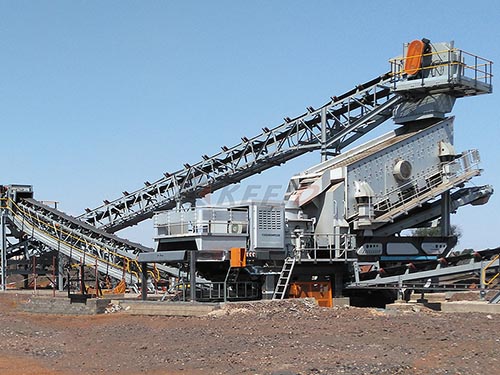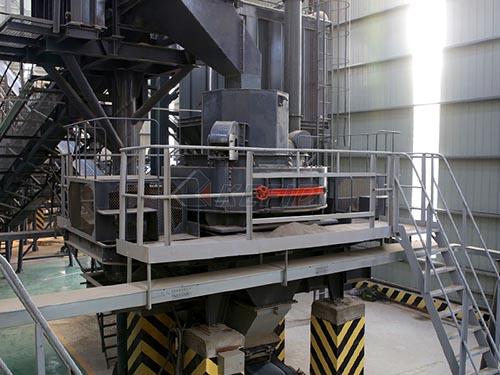Crusher Sand: The Engineered Backbone of Modern Construction

In an era defined by rapid urbanization and escalating infrastructure demands, the humble foundation of our built environment faces unprecedented pressure. Traditional river sand, long the cornerstone of concrete and mortar production, is dwindling due to unsustainable extraction practices and environmental regulations. Enter Crusher Sand (Manufactured Sand or M-Sand) – not merely a substitute, but a technologically advanced material reshaping the future of construction with its consistency, performance, and sustainability.
From Quarry Rubble to Refined Resource
Crusher sand is precisely what its name implies: fine aggregate produced by mechanically crushing hard rocks like granite, basalt, or limestone within controlled settings using sophisticated crushers (jaw crushers, cone crushers) and vertical shaft impactors (VSIs). Unlike naturally weathered river sand shaped by water over millennia:
1. Controlled Production: Every stage – from feeding large rocks into primary crushers to final screening for precise gradation – is meticulously managed.
2. Engineered Gradation: Crusher plants can adjust settings to produce specific particle size distributions tailored for different applications (concrete grades, plastering).
3. Shape Optimization: Modern VSI crushers are designed to promote cubical or spherical particle shapes through rock-on-rock crushing mechanisms.
Why Crusher Sand Outshines Natural Alternatives

The shift towards M-Sand isn’t just about scarcity; it’s driven by tangible advantages:
Superior Strength & Durability: Cubical particles with rough surfaces create stronger mechanical interlocking within the concrete matrix compared to smooth river sand grains prone to sliding under stress.
Enhanced Workability Control: The absence of silt and clay impurities allows for more predictable water demand adjustments during mixing.
Consistency & Reliability: Unlike naturally sourced sand whose composition varies wildly from source to source or even within a single pit, crusher sand offers batch-to-batch uniformity crucial for structural integrity.
Reduced Permeability: Well-graded M-Sand fills voids more effectively in concrete mixes, leading to denser structures less susceptible to water ingress and chemical attack.
Sustainability Champion:
Resource Conservation: Preserves vital river ecosystems by drastically reducing dredging needs.
Waste Utilization: Often utilizes quarry overburden or waste rock fines that would otherwise be discarded.
Reduced Logistics Footprint: Can be produced near construction sites using local rock sources.
Applications Power

Leave a Reply